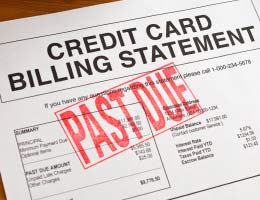

Interest must be calculated (imputed) using an estimate of the interest rate at which the company could have borrowed and the present value tables. signs a note for $12,000 including interest, it is called a noninterest‐bearing note because the $12,000 represents the total amount due at maturity and not the amount of cash received by The Quality Control Corp. The entries for a six‐month, $12,000 note, signed November 1 by The Quality Control Corp., with interest at 10% are:

A different liability account is used for interest payable so it can be separately identified. Accruing interest creates an expense and a liability. The interest owed for the period the debt has been outstanding that has not been paid must be accrued. Notes payable almost always require interest payments. The portion of the debt to be paid after one year is classified as a long‐term liability. When the debt is long‐term (payable after one year) but requires a payment within the twelve‐month period following the balance sheet date, the amount of the payment is classified as a current liability in the balance sheet. Notes payable are classified as current liabilities when the amounts are due within one year of the balance sheet date. An extension of the normal credit period for paying amounts owed often requires that a company sign a note, resulting in a transfer of the liability from accounts payable to notes payable. A note may be signed for an overdue invoice when the company needs to extend its payment, when the company borrows cash, or in exchange for an asset.
DUE TO DUE FROM ACCOUNTING PROFESSIONAL
Accounting practices, tax laws, and regulations vary from jurisdiction to jurisdiction, so speak with a local accounting professional regarding your business.


The content is not intended as advice for a specific accounting situation or as a substitute for professional advice from a licensed CPA. The content provided on and accompanying courses is intended for educational and informational purposes only to help business owners understand general accounting issues.


 0 kommentar(er)
0 kommentar(er)
